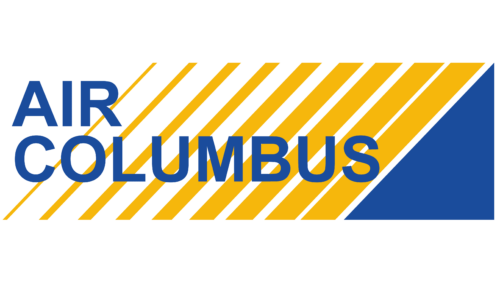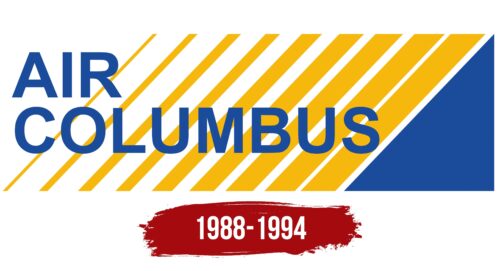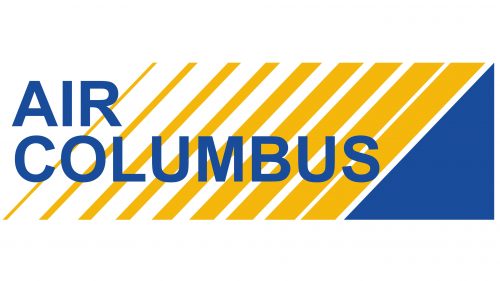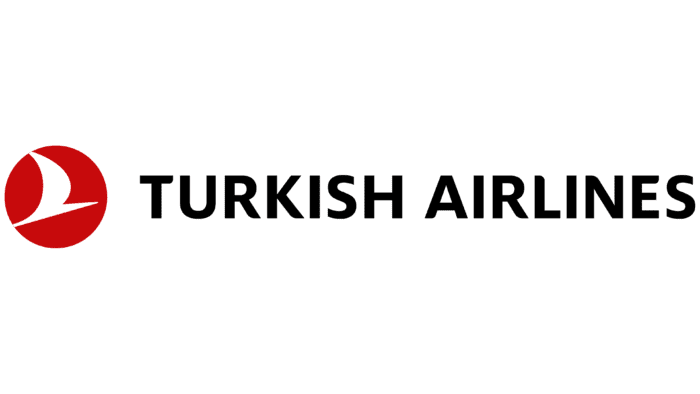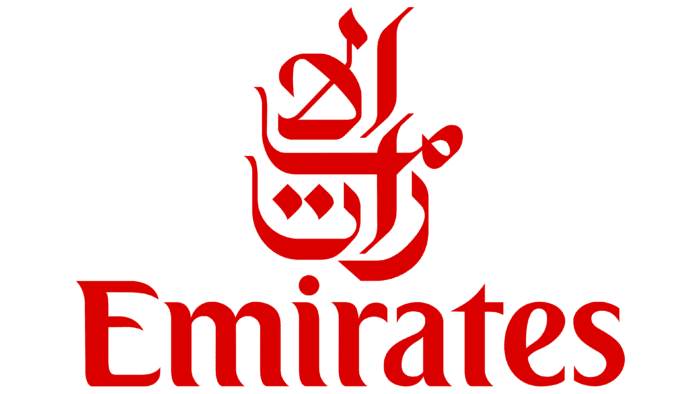The Air Columbus logo represents the airline’s commitment to linking diverse destinations with unique and specialized services. Its design reflects Portugal’s rich cultural and historical heritage and showcases the company’s focus on promoting travel and cultural exchanges between Portugal and the world.
Air Columbus: Brand overview
Air Columbus was founded in November 1988 by a group of entrepreneurs from Madeira, led by Eduardo Quintino de Freitas. They aimed to start the first private regional airline to connect the Madeira archipelago with mainland Portugal and Western Europe.
The airline’s headquarters was in Funchal, the largest city in Madeira. It started with two 65-seat Fokker F27 Friendship planes.
Their first flight was on February 18, 1989, flying from Funchal to Lisbon. They soon added routes to Porto and Faro, a popular tourist destination in southern Portugal. This helped make Madeira more accessible and boosted local tourism and the economy.
In the early 1990s, Air Columbus expanded into new areas, including Seville and Malaga in Spain and the Canary and Cape Verde islands. They added larger Boeing 737-200 planes to meet increasing demand.
By 1992, Air Columbus operated 23 routes from Funchal across Portugal, Spain, and other Atlantic islands. The fleet included 5 Fokker F27s and 3 Boeing 737-200s, carrying over 600,000 passengers annually. Funchal’s airport was the main hub, with additional bases in Faro, Lisbon, and Porto. The company had 350 employees.
One thousand nine hundred ninety-three financial problems began due to high debt, rising fuel costs, and maintenance expenses. Competition from European low-cost carriers affected their profits.
Despite attempts to reorganize, the airline had to stop operations and declare bankruptcy by October 1994. Their last flight was on October 19, 1994. SATA Air Açores later bought some of their assets, like slots and licenses, and the remaining Boeing 737s were sold on the secondary market.
Air Columbus operated for 5.5 years and was one of Portugal’s first private regional airlines. It played a key role in developing tourism and improving transportation in the Atlantic archipelago. Despite its financial difficulties and short operation period, it made a lasting impact on Portuguese aviation.
Meaning and History
What is Air Columbus?
This Portuguese airline based in Lisbon specializes in charter flights to popular resorts in Europe, North Africa, and the Atlantic Islands. The company aimed to serve the leisure travel market before it went out of business due to financial difficulties.
1988 – 1994
The logo of Air Columbus features an intricate design with white and orange diagonal lines that gradually change in size, culminating near a large blue triangle. The airline’s name is prominently displayed against a colorful striped background. To achieve visual balance, the designers divided the name into two lines and aligned it to the left edge. Using a bold, sans-serif font enhances the overall clarity and impact of the design. The careful arrangement and bold colors reflect the airline’s dynamic and modern approach, making the logo memorable and distinctive in a competitive industry.
The diagonal lines create a sense of movement and energy, symbolizing the airline’s forward-thinking approach. The large blue triangle adds a strong visual anchor, providing stability to the design. The colorful striped background brings vibrancy and life to the logo, making it stand out.
The left-aligned text in bold, sans-serif font ensures readability and impact. This choice of font and alignment emphasizes the airline’s commitment to clear communication and modernity. The two-line arrangement of the name creates a visual balance that adds to the logo’s overall harmony.
The dynamic elements in the design, such as the varying sizes of the diagonal lines and the vibrant color palette, reflect Air Columbus’s energetic and progressive ethos. The bold colors and clear typography make the logo easily recognizable and memorable.
Font and Colors
The “AIR COLUMBUS” logo uses a bold, sans-serif font with capital letters to convey solidity and reliability. The letters are uniform in size and thickness, creating a sense of stability and integrity. The absence of serifs gives the text a modern appearance. Each letter is spaced evenly, which helps make the text clear and easy to read.
The font is straightforward and professional, a style many airlines prefer. Behind the text, diagonal stripes add a sense of motion and dynamism to the overall design. These stripes symbolize speed, direction, and progress, reminiscent of a runway or an air traffic control system.
The color scheme includes yellow and dark blue, which provides high contrast. Yellow evokes optimism and energy, while dark blue represents authority and reliability. Blue covers the text and a solid triangle on the right side of the logo, and yellow backgrounds the stripes, creating a balanced interplay of colors. These colors are chosen to attract attention and convey a sense of confidence and vigor.
